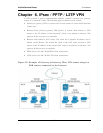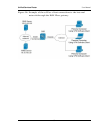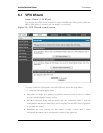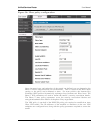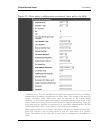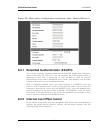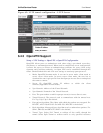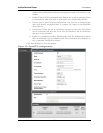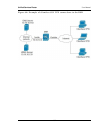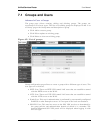
Unified Services Router User Manual
96
6.3 Configuring VPN clients
Remote VPN clients must be configured with the same VPN policy parameters used in
the VPN tunnel that the client wishes to use: encryption, authentication, life time, and
PFS key-group. Upon establishing these authentication parameters, the VPN Client
user database must also be populated with an account to give a user access to the
tunnel.
VPN client software is required to establish a VPN tunnel between the router and
remote endpoint. Open source software (such as OpenVPN or Openswan) as well as
Microsoft IPsec VPN software can be configured with the required IKE policy
parameters to establish an IPsec VPN tunnel. Refer to the client software guide for
detailed instructions on setup as well as the router‘s online help.
The user database contains the list of VPN user accounts that are authorized to use a
given VPN tunnel. Alternatively VPN tunnel users can be authenticated using a
configured Radius database. Refer to the online help to determine how to populate the
user database and/or configure RADIUS authentication.
6.4 PPTP / L2TP Tunnels
This router supports VPN tunnels from either PPTP or L2TP ISP servers. The router
acts as a broker device to allow the ISP's server to create a TCP control connection
between the LAN VPN client and the VPN server.
6.4.1 PPTP Tunnel Support
Setup > VPN Settings > PPTP > PPTP Client
PPTP VPN Client can be configured on this router. Using this client we can access
remote network which is local to PPTP server. Once client is enabled, the user can
access Status > Active VPNs page and establish PPTP VPN tunnel clicking
Connect. To disconnect the tunnel, click Drop.



